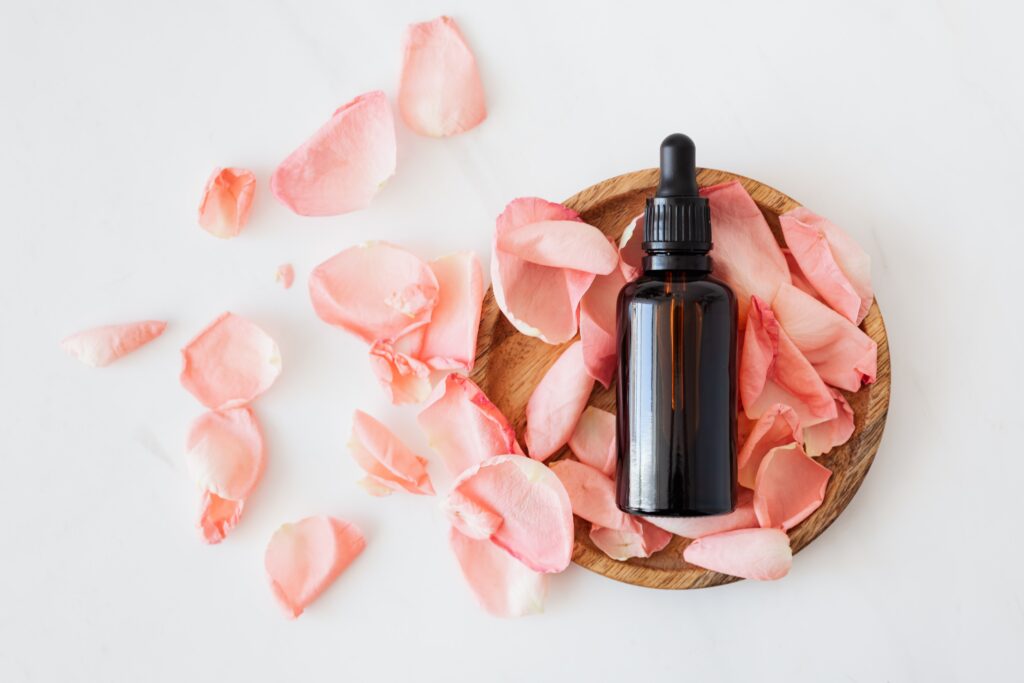
In today’s globalized world, the beauty and cosmetics industry is expanding its horizons, reaching out to international markets. To successfully cater to a diverse audience, effective translation services are essential. Whether you’re a cosmetics brand, a beauty salon, or a beauty blogger, understanding the translation process for the beauty industry is crucial. This ultimate guide to translation for the beauty industry will explore the types of translation needed, the style and tone of voice, the importance of terminology and beauty-specific language, and the significance of marketing language.
Types of Translation for the Beauty Industry:
- Product Descriptions and Labels: Accurate and compliant translations of product descriptions and labels are essential to ensure that consumers understand the benefits, ingredients, and usage instructions. These translations should meet regulatory requirements and reflect cultural norms.
- Marketing Content: Translating marketing content, such as advertisements and social media posts, is vital for building brand recognition and consumer engagement. This type of translation requires adapting the message while maintaining the brand’s identity.
- Websites and E-commerce Platforms: For global expansion, beauty brands must translate their websites and e-commerce platforms. This involves not only translating text but also considering cultural preferences and aesthetics.
- User Reviews and Testimonials: Translating user-generated content, including reviews and testimonials, is crucial for building trust among potential customers in different regions. The tone should remain authentic and positive.
- Regulatory Compliance: Ensuring that legal and regulatory documents are accurately translated is essential for compliance with different market standards. This includes safety data sheets, ingredient lists, and product certifications.
Style and Tone of Voice:
The beauty industry is known for its emphasis on emotions, personal expression, and individuality. When translating content, it’s crucial to maintain a consistent tone of voice that aligns with the brand’s values. Here are some style and tone considerations:
- Emotion-Driven Language: Use evocative language that appeals to the senses and emotions. Beauty products often promise transformation and empowerment.
- Cultural Sensitivity: Be aware of cultural nuances and preferences. What works in one market may not resonate in another.
- Positive and Inclusive Messaging: Promote inclusivity and positivity in all marketing materials. Avoid language that could be interpreted as exclusive or discriminatory.
- Adaptation: While maintaining brand consistency, adapt the tone to suit the target audience’s cultural and linguistic preferences.
Terminology and Beauty-Specific Language:
The beauty industry has its own language filled with unique terminology, ingredient names, and trends. To successfully translate for this industry, consider the following:
- Ingredient Lists: Accurate translation of ingredient names is crucial, as it impacts regulatory compliance and consumers’ understanding of a product’s composition.
- Trends and Buzzwords: Keep up with beauty trends and popular buzzwords in each market to connect with consumers who are looking for the latest products and innovations.
- Cultural References: Use cultural references and idioms that resonate with the target audience. This can help establish a more personal connection with consumers.
- Dialect and Jargon: Be mindful of the use of local dialects and industry-specific jargon to ensure the translation feels authentic.
Importance of Marketing Language:
Marketing language plays a pivotal role in the beauty industry. Catchphrases, slogans, and taglines are tools for brand recognition and can convey a product’s unique selling points. Here’s why they are crucial:
- Brand Identity: Catchphrases are part of a brand’s identity. They create a sense of familiarity and help consumers associate the phrase with the brand.
- Emotional Appeal: Effective catchphrases evoke emotions and connect with consumers on a personal level. They can make a product or brand memorable.
- Differentiation: In a highly competitive market, catchphrases can set a brand apart by highlighting what makes it unique.
- Translation Challenge: Translating catchphrases can be challenging, as they often rely on wordplay or cultural references. Professional translators with marketing expertise are essential for this task.
In conclusion, the beauty industry’s global reach presents both opportunities and challenges for translation and localization. To thrive in diverse markets, beauty brands must invest in high-quality translation services that are sensitive to cultural nuances, maintain the industry’s unique language, and effectively convey the brand’s identity and marketing messages. By doing so, they can ensure that their products resonate with consumers worldwide, making the world a more beautiful place, one translation at a time.
 Adriana Nesheva ([email protected]), an English to Bulgarian translator for beauty and fashion brands.
Adriana Nesheva ([email protected]), an English to Bulgarian translator for beauty and fashion brands.
